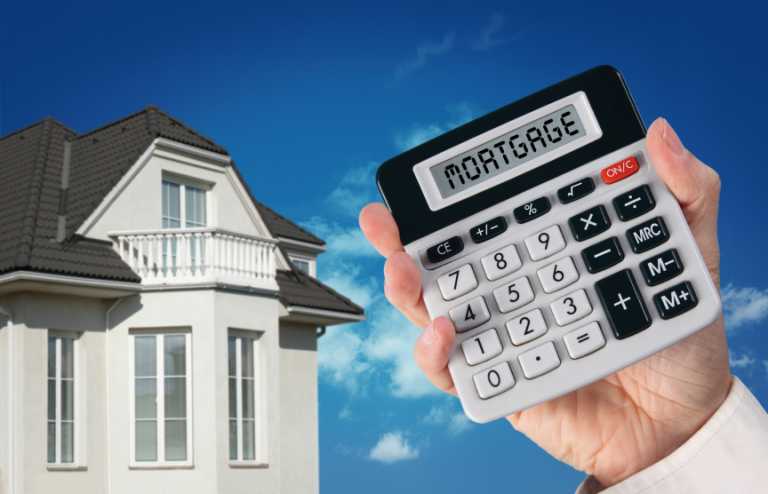
Prospective buyers wishing to own their dream homes are increasingly being locked out by overpriced mortgages demanded by banks. Commercial banks are being seen as not keen to bring down interest rates in line with the aspirations of the Central Bank of Kenya (CBK).
“With overpriced mortgages, home ownership is increasingly becoming a pipe dream for Kenya’s middle income earners, which mostly favouring cash buyers,” says the head of research and marketing at HassConsult, Sakina Hassanali.
Repayments
Kenyans earning Sh100,000 per month cannot afford a housing loan, in a country with (according to the World Bank) a per capita income of $1,358.3 (Sh138,547), which is an average monthly income of Sh11,546 per month. Data compiled for the Mortgage Report show that only one per cent of urban Kenyans can afford the mortgage repayments for a house worth Sh5.7 million, and a further four per cent for a house that costs Sh3.9 million.
CBK figures estimated the average mortgage loan size at Sh7.5 million in 2014, up from Sh6.9 million in 2013, but given recent increases in interest rates, the mortgages are rising.
The Mortgage Report for the first quarter of 2015 said commercial banks maintained their unusually high borrowing rates, despite the growing impact on the housing market in the country. The Central Bank Rate’s (CBR’s) 11.5 percent and Kenya Banks’ Reference Rate (KBRR) at 9.87 per cent effectively raised interest rates on new and existing bank loans to an average interest rate of 15.5 per cent.
A year and a half ago, CBK announced the first KBRR, replacing the Base Lending Rate, which commercial banks used to price their products. The formula for calculating the Base Rate varied from bank to bank, but KBRR is computed by CBK based on an average of the CBR and a two-month moving average of the 91-Day Treasury Bill Rate.
The effective date became July 8, 2014 and it was expected that all new loans issued by commercial banks should have been priced on the then 9.13 per cent KBRR. The formula was meant for banks to use in pricing loans, seeking to bring down high interest rates that stifled lending to businesses and home buyers.
“We hope commercial banks will extend the goodwill employed by CBK, which has again pegged its CBR at the percentage point to offer a respite for home buyers who are currently locked out by overpriced mortgages,” said Hassanali.
In the 4th quarterly Hass Property Price Index report released on Monday, Hassanali alluded to reduced buying levels as a result of rising property prices compared to a previous years that had seen the housing market assume a faster growth.
Market stability
Besides the high cost of mortgages, developers already over loaded with extra construction costs have had the extra headache of having to make do with soaring new county government approval fees and high land prices.
The Monetary Policy Committee of CBK met on January 20, 2016, to review market developments and the outcomes of its previous monetary policy decisions.“In order to ensure market stability, CBK reviewed KBRR and decided to retain it at its current level of 9.87 per cent,” said Dr Patrick Njoroge, CBK governor who also chairs the committee.
This move has left borrowers sighing with relief, hoping that there should be no increase in the cost of loans as happened in the last quarter of 2015, when banks increased interest rates to more than 20 per cent. CBK has set up a regulating policy of setting the minimum cost of loans, an initiative meant to ensure uniformity as well as stability in the financial sector as to shield borrowers from being exploited by the lenders.
During the later part of last year, the Treasury Bill Rates rapidly rose to above 20 percent but tumbled back to 10 per cent in December.